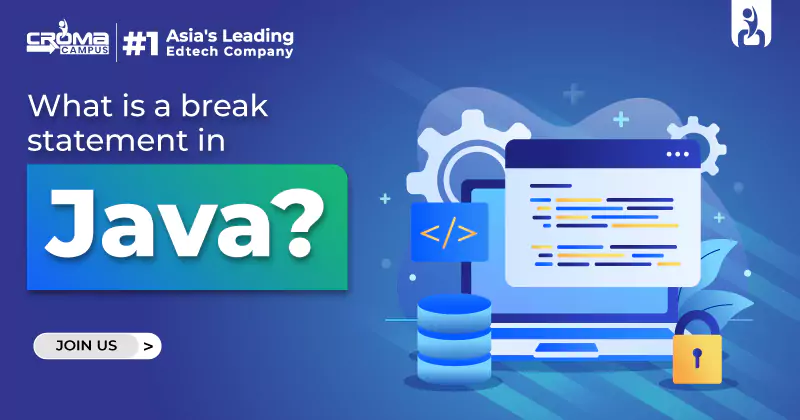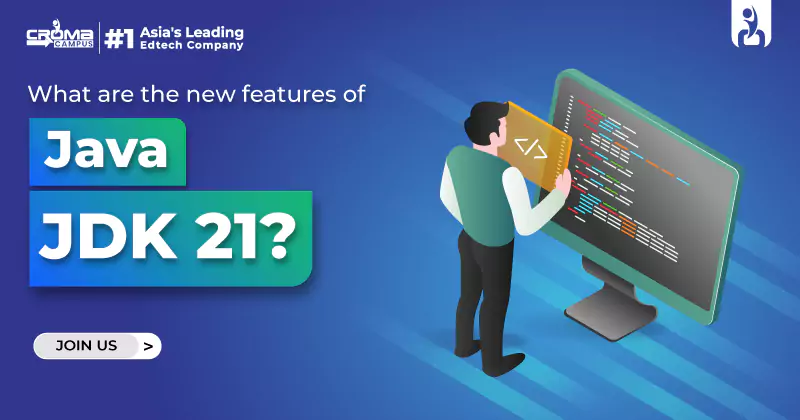How To Build A Full-Stack Application With React JS?
4.9 out of 5 based on 9597 votesLast updated on 12th Nov 2024 18.6K Views
- Bookmark

With practice and determination, you can master React JS and become a skilled developer in today’s tech world. Start coding and enjoy the journey!

Overview
Learning how to create a full-stack application can be exciting. If you're interested in web development, enrolling in a React JS Course Online is a great first step. React JS is a popular library for building user interfaces. As you read this blog post, we will walk you through how to build a full-stack application using React JS. We will break it down into simple steps and provide you with the information you need to succeed.
What is a Full-Stack Application?
A full-stack application includes both front-end and back-end components.
- Front-End: This is what users see and interact with. The site is built using HTML, CSS, and JS.
- Back-End: This part handles the logic, database, and server-side operations. It’s often built with Node.js and Express.
- Database: This stores all the data. You can use SQL databases like MySQL or NoSQL databases like MongoDB.
Understanding these components is key to creating a full-stack application.
Why Use React JS for the Front-End?
React JS is a great choice for building user interfaces, and here are a few simple reasons why:
- Reusable Components: React lets you create small pieces of code called components. These components can be reused throughout your application. This makes it easier to manage your code and allows different team members to work on separate parts without getting in each other’s way.
- Fast Performance: React uses something called a Virtual DOM. This means it only updates the parts of the website that change, making your app faster and more responsive for users.
- Strong Community Support: There’s a large community of React users. This means there are plenty of resources, tutorials, and tools available. There are plenty of resources online to help you out if you have problems.
- Easy to Learn: If you know the basics , you can pick up React quickly. It is a good choice for beginners because it is designed to be user-friendly.
- Flexibility: You can use React alongside other libraries and frameworks. This means you can customize your project to fit your specific needs, making it suitable for various types of applications.
What Are the Benefits of React JS?
- Component-Based: React allows you to build reusable components. By doing this, you will be able to manage and update your code more easily.
- Fast Performance: React uses a Virtual DOM. It updates only the parts of the UI that change, making it faster.
- Large Community: React has a strong community. On the Internet, you will find lots of resources and assistance.
- Flexible: You can integrate React with other libraries easily, making it very versatile.
Also Read This:
Mern Stack Interview Questions
How to Set Up Your Development Environment?
What Tools Do You Need?
To build your application, you’ll need several tools. Here’s a quick overview:
Tool | Purpose |
Node.js | Runs on the server |
npm | Manages packages and libraries |
MongoDB | Stores your application’s data |
Express | Handles web server functionality |
React | Builds the front-end interface |
How to Install These Tools?
- Node.js and npm: Download them from the official Node.js website.
- MongoDB: Use MongoDB Atlas for cloud storage, or install it on your machine.
- Create React App: Run npx create-react-app my-app in your terminal to set up your React application.
How to Organize Your Project Structure?
What Should Your Project Look Like?
A well-structured project helps you keep things organized.
my-app/
│
├── client/ # React frontend
│ ├── public/ # Static files (like images)
│ ├── src/ # Source files for your app
│ └── package.json # Frontend dependencies
│
├── server/ # Node.js backend
│ ├── config/ # Configuration files
│ ├── controllers/ # Business logic for handling requests
│ ├── models/ # Database models
│ └── routes/ # API endpoints
│
└── README.md # Documentation
What Are the Steps to Create the User Interface?
- Set Up Your Components: Start by creating components. Applications are built using components.
- Depending on your preference, you can use functional components or class components.
- Utilize hooks like useState and useEffect to manage state and side effects.
- Implement Routing: Use React Router to allow users to navigate between different parts of your application easily.
- Manage State: For larger applications, consider using a state management library like Redux. It helps keep your application state organized.
How to Connect the Front-End to the Back-End?
- Use Axios or the Fetch API to make HTTP requests from your React app to your Node.js server.
- Handle asynchronous operations using async/await for easier coding.
How to Build the Back-End with Node.js and Express?
What Are the Key Steps?
- Set Up Express: Start by installing Express with the command npm install express.
- Create a new Express app and configure your middleware.
- Define Routes: Create RESTful routes for handling requests. For example, to get all users, you might write:app.get('/api/users', (req, res) => {
// Code to fetch users from the database
});
- Connect to the Database: Use Mongoose to connect your Node.js app to MongoDB. Create models to define how your data looks.
- Error Handling: Implement error handling to manage any issues that may occur while the server is running.
What Security Measures Should You Consider?
- Enable CORS to allow your front-end to communicate with your back-end.
- Secure user authentication can be achieved using JWTs (JSON Web Tokens).
How to Deploy Your Full-Stack Application?
What Are the Best Platforms for Deployment?
- Front-End Deployment: Platforms like Vercel or Netlify are great for hosting your React application.
- Back-End Deployment: You can use services like Heroku, AWS, or DigitalOcean for your Node.js application.
How to Prepare for Deployment?
- Optimize your application for production by building it with the command npm run build for your React app.
- Make sure your server is ready to handle requests from your front-end.
How Can You Improve Your Skills?
What Resources Are Available?
- React JS Certification Course: Taking a React JS Certification Course can validate your skills and knowledge.
- Web Development Online Course: Broaden your expertise by enrolling in a Web Development Online Course that covers various technologies.
How to Stay Updated with Trends?
- Follow blogs, podcasts, and YouTube channels focused on React and full-stack development.
- Join online communities like Stack Overflow and Reddit to interact with other developers.
Sum Up
Building a full-stack application using React JS involves several steps. From setting up your environment to deploying your app, each part is important. By following the steps outlined in this blog, you can create your own full-stack application. Take advantage of courses like MERN Stack Development Course, Full Stack Developer Course Online, or a Web Development course to enhance your skills. With practice and determination, you can become a skilled developer in today’s tech world. Start building and enjoy the process!
Subscribe For Free Demo
Free Demo for Corporate & Online Trainings.
Your email address will not be published. Required fields are marked *

























.webp)

.png)















